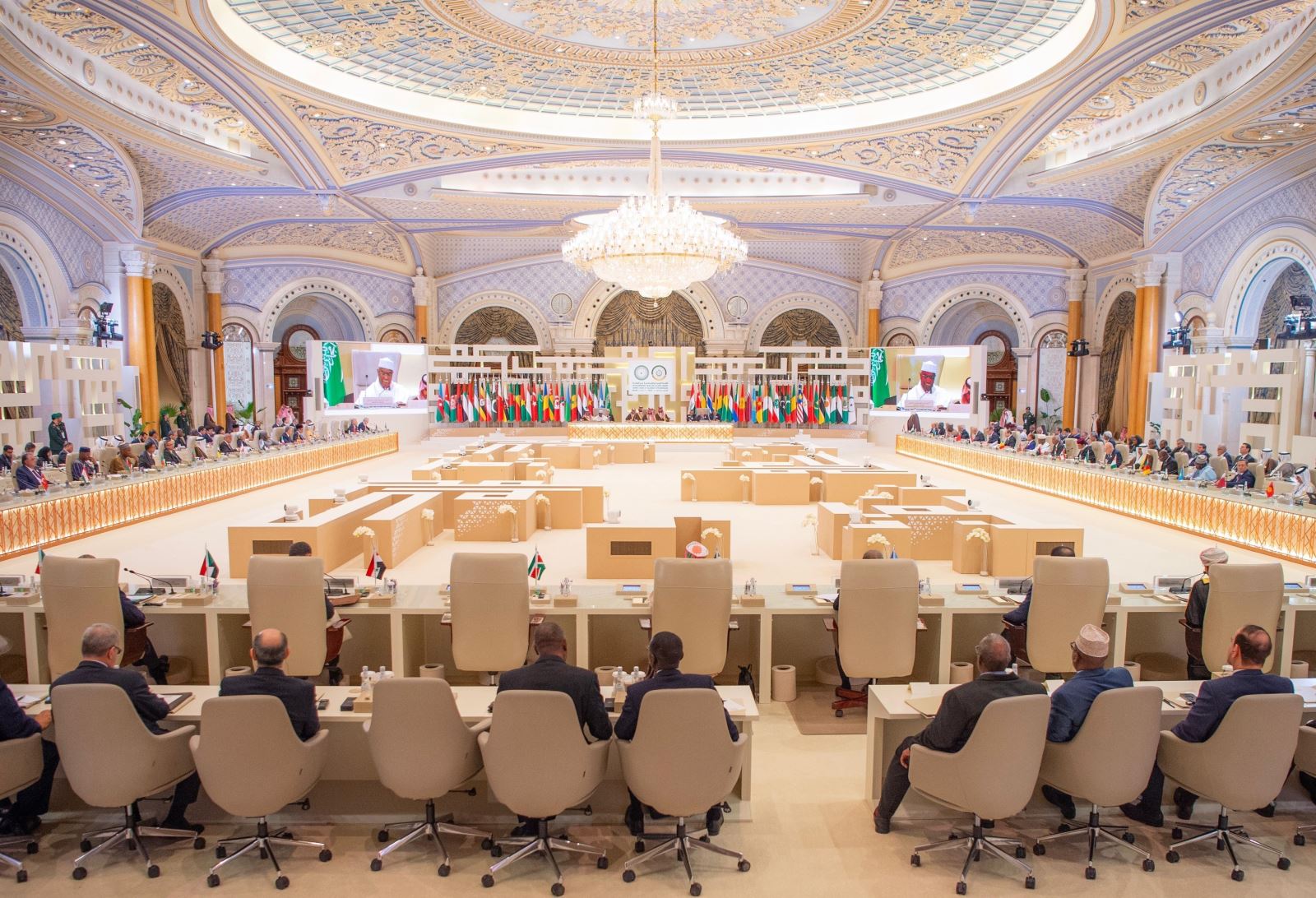
Commenting to the National (UAE) on October 3, Dr. Yasar Jarrar, Lecturer at Hult International Business School and Dina H. Sherif, Executive Director of the Kuo Sharper Center for Prosperity and Entrepreneurship at MIT and Senior Lecturer at the Sloan School of Management at MIT (Massachusetts Institute of Technology), said that for decades, the world has looked to Gross Domestic Product (GDP) as the almost sole measure of development. This model has brought high economic growth and expanded global integration, but it has exposed serious flaws: lagging human development, underdeveloped private sectors in many countries, and little attention to equity or sustainability.
The United Nations (UN) Human Development Index 2025 report makes this clear, pointing out that human development progress is experiencing an unprecedented slowdown. The low growth forecast for 2025 is the lowest since 1990 (excluding the crisis years of 2020-2021). This is seen as a structural failure, stemming from the pursuit of GDP – an index that was never designed to measure well-being, inequality or environmental sustainability. In fact, GDP can represent growth even when living standards stagnate and natural resources are depleted.
The New Calculus of Prosperity: Putting People at the Center
Policymakers and experts now recognize that 20th-century growth models are no longer adequate for the challenges of the 21st century. The necessary adjustment is the first and core element of a new prosperity calculus that puts people, equity, innovation and sustainability at the center. Prosperity is measured not just by economic size but also by human opportunity, systemic resilience and equity in outcomes, built on sustainability and inclusion as non-negotiables.
The second element of this new calculus is the dramatic rise of so-called “emerging” markets—markets now being called future growth markets. Many of these markets are no longer simply “catching up,” but are directly shaping the future of the global economy.
According to the IMF’s World Economic Outlook 2025, emerging markets and developing economies will grow 3.7% this year, nearly triple the 1.4% forecast for advanced economies. The World Economic Review puts the contrast even more starkly: 5.7% versus 1.9%. This is a structural change that will reshape the global economy for the next century.
Highlights from the regions
In West Asia: The Gulf Cooperation Council (GCC) countries control $4.2 trillion in sovereign wealth (according to the Sovereign Wealth Fund Institute - SWFI). The World Bank reports the region is seeing non-oil GDP growth of over 4% per year.
In India: Currently the world’s most populous country, India is expected to account for more than 16% of global GDP growth between 2023 and 2028 (according to the IMF). India’s 400 million-strong middle class is expected to double by 2030 (according to a 2023 Brookings Institution report).
In Africa: By 2050, the continent will be home to 2.5 billion people, more than 60% of whom are under 25, making it the largest youth cohort in history. Africa currently has the highest rate of entrepreneurship in the world – more than one in five working-age adults are starting a business.
Importantly, global growth markets are not just copying advanced economies, but are breaking out with unique models: Kenya’s M-Pesa is reshaping finance with mobile money, India’s telemedicine platforms are influencing the global healthcare model, and the United Arab Emirates’ (UAE) digital government services are among the most advanced in the world. Innovation is no longer just flowing outward from “advanced economies”; it is increasingly spilling over in all directions.
In this new calculus, people are the most valuable resource and digital infrastructure is the ultimate enabler. Countries that invest in young, entrepreneurial workforces and build sustainable, technology-enabled systems will shape the next century.
While barriers remain, such as venture capital still flowing disproportionately to Silicon Valley rather than Nairobi or Riyadh, and trade barriers remain, the old notion of “developed versus developing” is outdated. The real choice is: cling to outdated models that prioritize GDP growth at the expense of equity, or embrace a new welfare-focused order where global growth markets drive entrepreneurial, inclusive, and sustainable prosperity.
In short, from Riyadh to Bangalore, from Abu Dhabi to Nairobi, a new generation of economic pioneers is emerging, shaping the 21st century not by those who dominated the 20th, but by those who innovate and build systems where people and the planet thrive. This new era has begun.
Source: https://baotintuc.vn/phan-tichnhan-dinh/nam-ban-cau-troi-day-dinh-hinh-lai-kinh-te-the-gioi-20251004083039489.htm




![[Photo] General Secretary To Lam attends the 8th Congress of the Central Public Security Party Committee](https://vphoto.vietnam.vn/thumb/1200x675/vietnam/resource/IMAGE/2025/10/4/79fadf490f674dc483794f2d955f6045)
![[Photo] Solemn opening of the 8th Congress of the Central Public Security Party Committee, term 2025-2030](https://vphoto.vietnam.vn/thumb/1200x675/vietnam/resource/IMAGE/2025/10/4/f3b00fb779f44979809441a4dac5c7df)


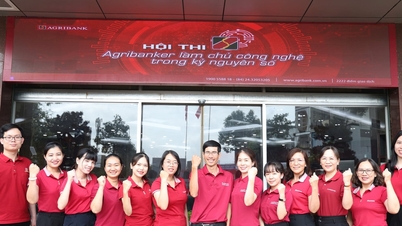


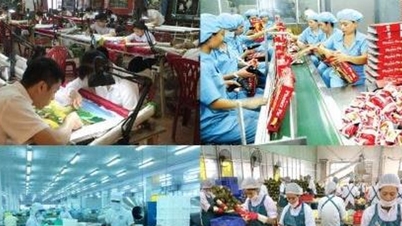
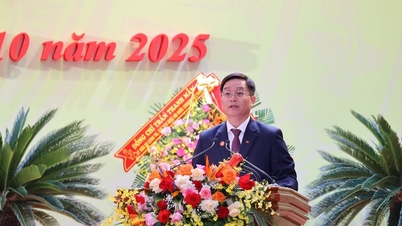


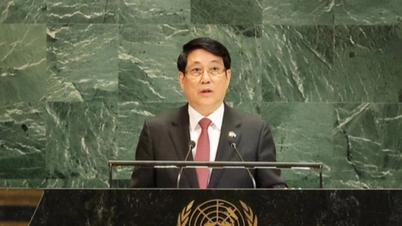





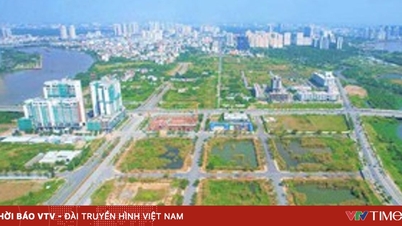
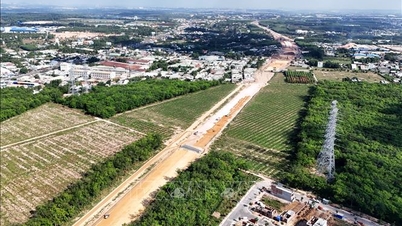








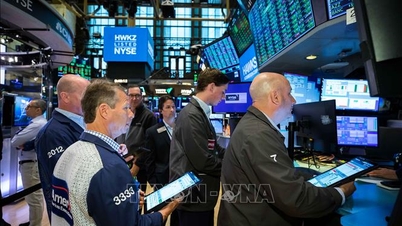



![[Infographic] Notable numbers after 3 months of "reorganizing the country"](https://vphoto.vietnam.vn/thumb/1200x675/vietnam/resource/IMAGE/2025/10/4/ce8bb72c722348e09e942d04f0dd9729)
![[Photo] Students of Binh Minh Primary School enjoy the full moon festival, receiving the joys of childhood](https://vphoto.vietnam.vn/thumb/1200x675/vietnam/resource/IMAGE/2025/10/3/8cf8abef22fe4471be400a818912cb85)













































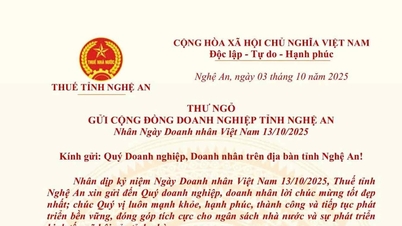














Comment (0)